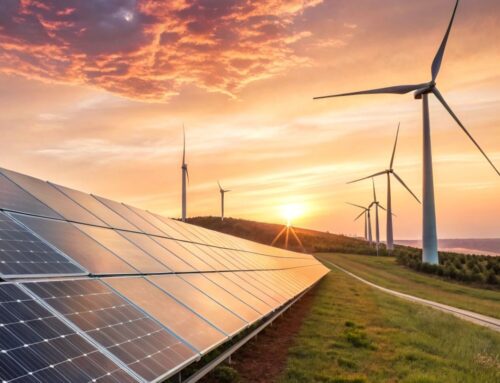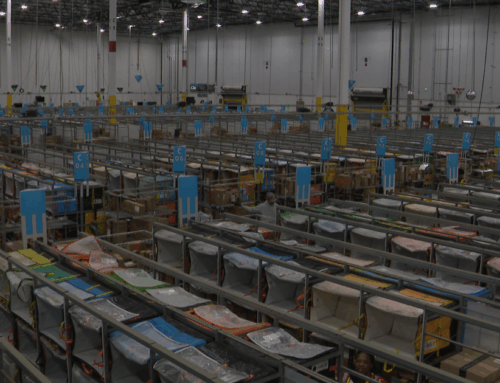Will utility companies in Minnesota be able to provide 100% carbon-free energy by 2040?
April 22, 2025
Electrical currents travel in an instant, but the effort to ensure that electricity is generated in a carbon-free way is a years-long journey — one that Minnesota utility companies and their customers are chipping away at.
A few years ago, Minnesota set a lofty goal when it comes to protecting the environment. Gov. Tim Walz signed a law requiring utility companies to provide 100% carbon-free electricity by 2040.
“It’s good for environment, it’s good for jobs, and it’s good for the economy, so that’s a triple win,” said Gregg Mast, executive director of Clean Energy Economy Minnesota, a nonprofit more than on board with the state’s landmark law passed in 2023.
Mast says Minnesota is on pace to be 100% clean energy by 2040.
His organization heavily researches efforts to create carbon-free energy while advocating and partnering with stakeholders at the forefront of the mission.
“Our Minnesota Energy Fact Sheet that we recently released shows that the majority of our electricity here in Minnesota is already coming from carbon-free resources,” he said.
According to Clean Energy Economy Minnesota, 33% of Minnesota’s power comes from renewable energy. That could be solar, wind or hydro electricity from our rushing rivers. Another 20% comes from nuclear. The rest comes from natural gas or coal. Minnesota’s 53% clean energy is several points higher than the national average, which stands at 42%.
“We have innovative utilities like Xcel Energy who are working to meet that 100% carbon-free electricity by 2035,” said Mast, referencing an even earlier target date.
Xcel Energy, the state’s largest electricity provider, will close its coal plants by 2030 and ramp up production of solar and wind farms.
“We’ve seen since 2005 a 52% reduction in emissions in our electricity sector and that far outpaces the national average of 38%,” Mast said.
Beyond utility companies, Mast said, building construction and renovation are other opportunities to go green.
“How do we make them more efficient and emit less carbon because buildings are responsible for emitting 40% of greenhouse gases,” he said.
St. Paul’s new North End Community Center is an example of that effort. It has a geothermal well system for heating and cooling, along with solar panels on the roof.
What can just the average person do to contribute to this goal?
For the average person looking to contribute to the goal, Mast suggested people research if solar energy might be a good option for their home, as well as consider buying or purchasing an electric vehicle.
There are currently more than 65,000 registered electric vehicles in the state, according to the Minnesota Department of Transportation, nearly four times higher than there were in 2020.
Featured Local Savings
Search
RECENT PRESS RELEASES
Related Post





